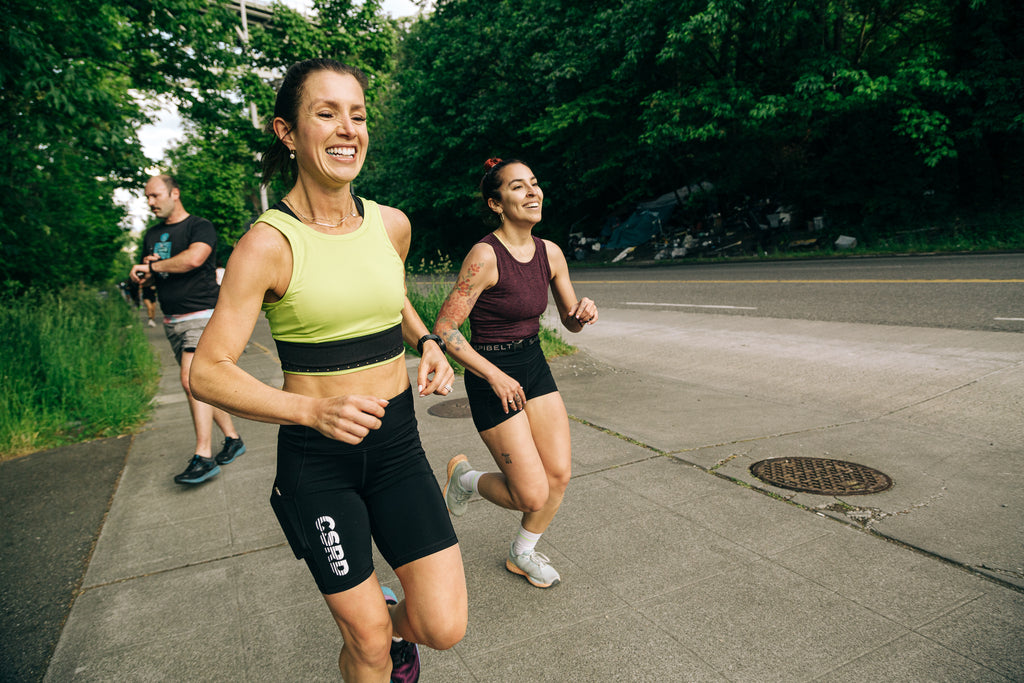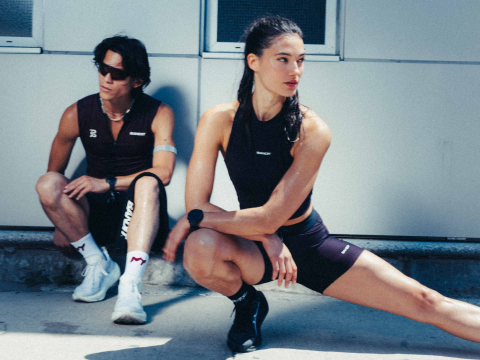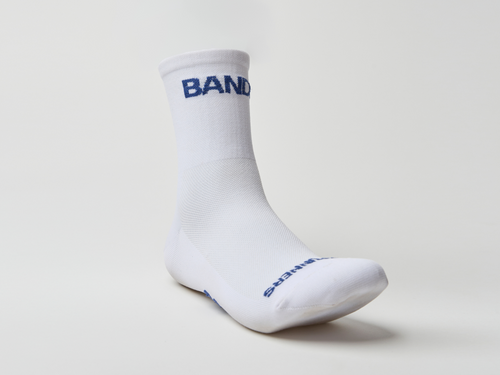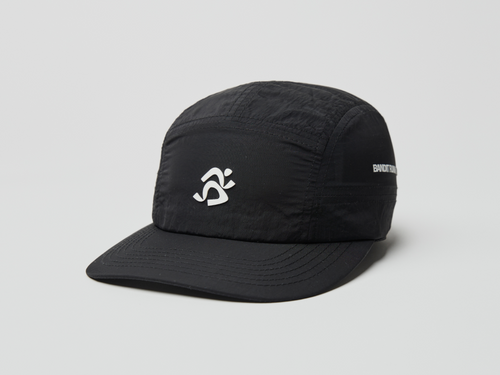What began in Seattle as an idea to simply offer a place for people focused on connection, more so than on competitive running transpired into the most diverse and largest running group in the city. Club Seattle Runners Division (CSRD) exists to make running as accessible as possible. All you have to do is show up.
Ashley Davies arrived in Seattle in 2015 with little more than a suitcase of clothes and two personal priorities: find an apartment and connect with the running community. Davies had left New York City for a job working with Seattle Public Schools. She wanted to lean on running as a way to bridge the transition and adjust into a new life in a new city across the country.
A former pacer for Nike Run Club (NRC) New York, Davies went in search of a running community in Seattle that could mirror the cohesive experience she was used to in NYC. Back in New York, Davies had felt embraced by various run crews, from Bridge Runners in downtown Manhattan to Harlem’s We Run Uptown. “I could run and have that cultural connection,” Davies said. “In Seattle, I didn’t feel like I had that.” Instead, she was left feeling separate, as she described of her early experiences of being a Black runner in a predominately white city. The opportunity to run with Seattle’s NRC gave her only a dose of the diversity she had been seeking. But not long after Davies had found her tribe, the club dissolved. A couple of months later, Davies opted to fill the void of what she had been missing from the New York running scene – a place where she felt welcome and where genuine bonds and friendships could keep thriving.

“WE WANTED TO MAKE THIS OURS.”
In February 2017, Davies co-founded Club Seattle Runners Division (CSRD) with photographer David Jaewon and their friend Miran McCash, all of whom had met as members of Nike Run Club Seattle. CSRD was to be a space for runners of all ethnicities, ages and athletic abilities to feel accepted and visible.

“Seattle is still predominantly a white city. The sport is very white. There’s not a lot of avenues for people of color to join a run club,” says Jaewon, a first-generation Korean immigrant. “The makeup of our crew is interesting. We get people from all races and different neighborhoods. A lot of the techy crowd and Southeast Asians. It’s really incredible.”
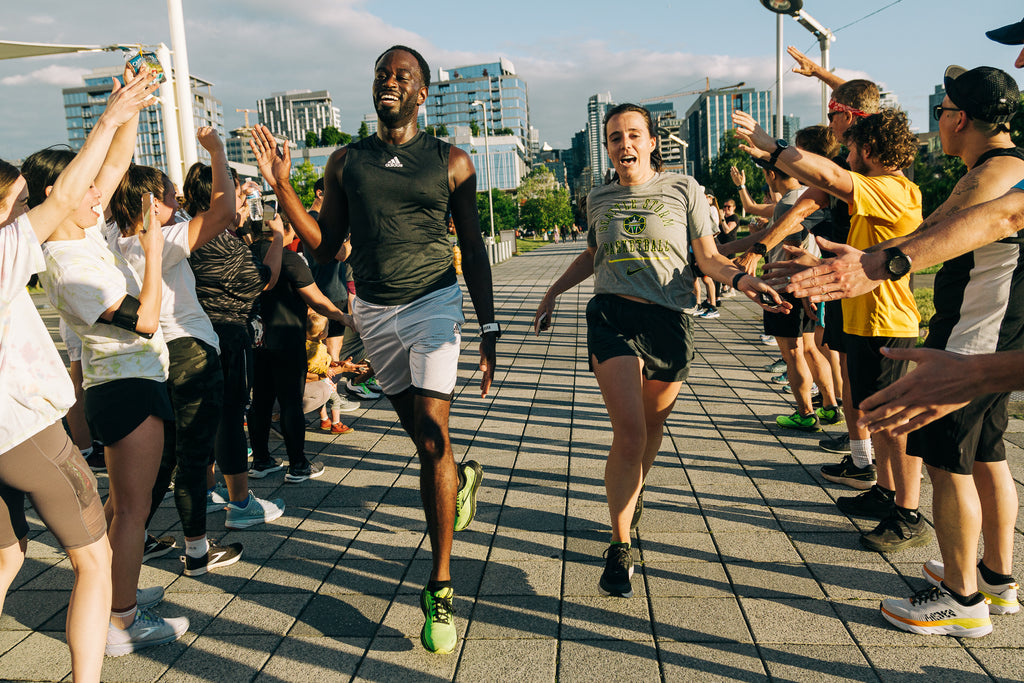
While CSRD draws what Jaewon describes as “fast runners”, ranging from former Division-I collegiate athletes to ultra runners, those learning the ropes of the sport make up a large percentage of the group. Davies says since the club was founded five years ago, a new runner has shown up each week.
“People who are coming into our sport as an adult or who have never been part of group running as an adult, they have hesitation, they have anxiety of, will I be welcome in this space?,” Davies says. “When we started, there was space for people to come together with no expectations, just this community and camaraderie that was welcoming for everyone. We met really cool people through running, and we wanted to continue to meet and run together.”
“EVERYBODY IS TAKEN CARE OF.”
CSRD comprises more than 200 active members, with upwards of 80 people that turn up for the club’s twice weekly runs on Mondays and Saturdays. The meetup spot, a parking lot adjacent to the Museum of History and Industry, is the starting point for their three- to five-mile runs. Jaewon creates every route, factoring in a turnaround point where the group can standby as all runners reach the area. “This is a community event. We’re going to make sure that everybody is taken care of,” Jaewon insists.

CSRD may be a running club, but Davies and Jaewon say the collective has always functioned more like a family. Sometimes it’s not even about running, they both say. Outside of the sport, members have united for community outreach during the pandemic and for various fundraisers in support of local and international non-profit organizations and initiatives, like Girls on the Run.
“That has always been a goal of mine, to have a group that felt like it was centered around the community that it’s situated in,” Davies says. “We are that, whether it’s giving back or really embracing the diversity and showcasing different parts of our city.”
Davies says her other objective is to evolve collectively and as a leader. Since co-founding CSRD, she says her level of awareness continues to heighten. “I’ve changed in the sense that the group and our leadership team has pushed me to constantly think about other peoples’ experiences and figure out how we can continue to iterate the environment that we’ve created to meet the needs of people that are not only with us, but people who are not with us,” Davies says. “We can’t just think about feedback from those who’ve joined up. What’s unsaid are those people who are on the outside wondering whether this group is for them.”

Inclusively has always been essential and a core value.
“We have a variety of people who are at different parts of their running journey,” Davies says. “We take time to acknowledge people who are new. We give them extra love when they show up. Everyone feels a level of responsibility and agency over the fact that we are a group. People look out for each other [and] feel engaged and motivated to do that themselves.”
Connection is really why the club exists. People yearn to have a sense of belonging. As Davies puts it, “Connection is what drives and feeds us and continues to have people live happy and fulfilling lives.” That CSRD can serve as a link is what Davies is most proud of.
When Davies and Jaewon think about the club’s future, their shared vision is simply to keep CSRD moving forward for as long as possible. “We would love to stick around for years and decades. I really would like to see our name last longer than we do,” Jaewon says. “When people think about running in Seattle, I want them to think about CSRD. And when other runners visit the city, I want our run to be on their itinerary.”
